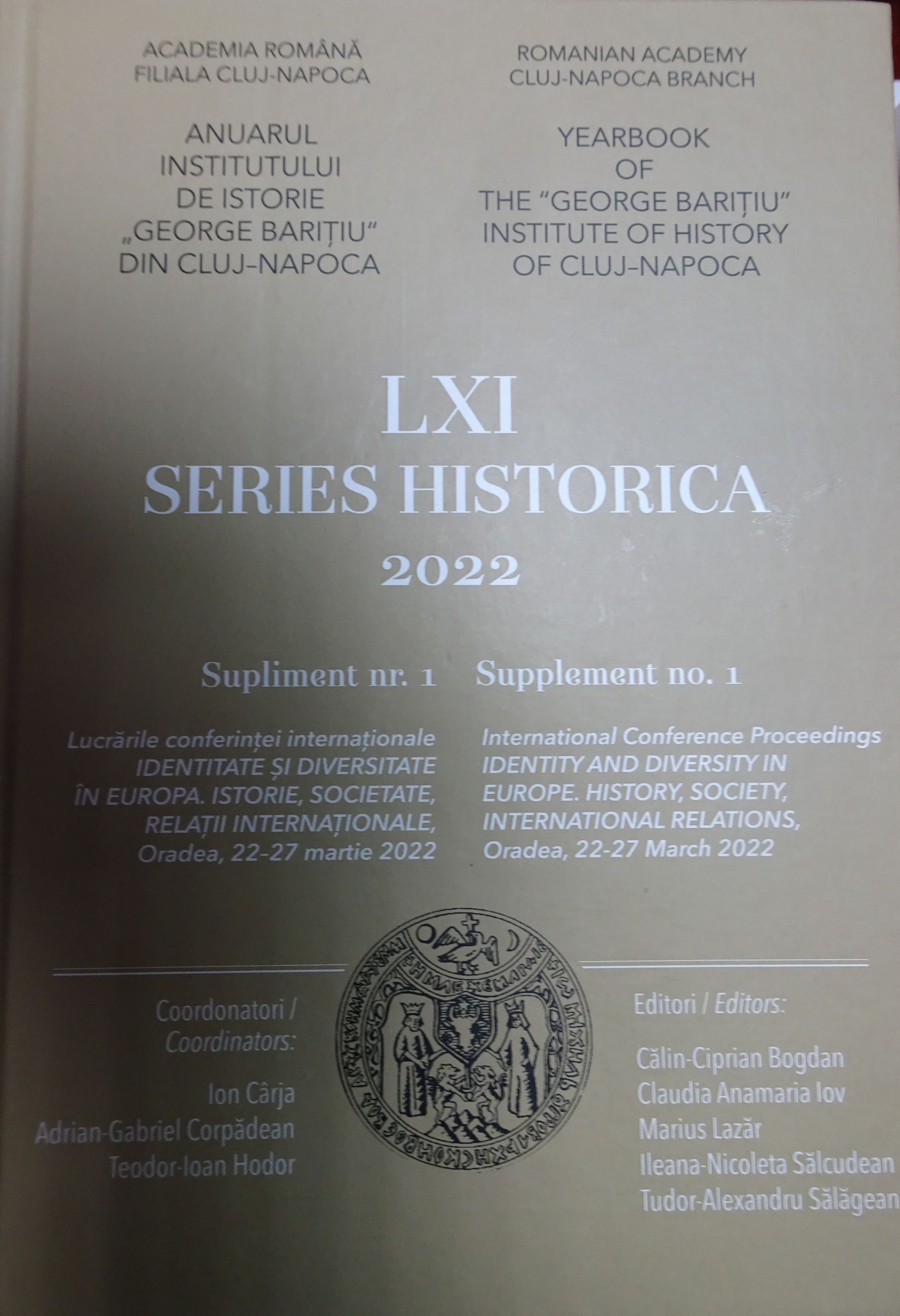Interacțiunea interetnică în istoria culinară transilvană
Interethnic Interaction in Transylvanian Culinary History
Author(s): Enikő Katalin JancsóSubject(s): Ethnohistory, Recent History (1900 till today), Tourism
Published by: Editura Academiei Române
Keywords: bálmos; cuisine; interethnic tradition; food habit; gastronomic tourism;
Summary/Abstract: In this study, I present the popularity in the history of Hungarian culture in Transylvania of a food of uncertain origin, balmosul (balmoșul) made with sheep’s milk, butter or cream and flour. For a long time, it is so well known that it has been classified as one of the symbols of Transylvanian cuisine that comes from the tradition of the Romanian shepherd. Therefore, taking in today’s gastronomic theory, we can talk more about the Romanian Hungarian interaction, the practice and as a mutual cultural impact. The origin of the name is from the 1695, the year of the publication of the first Hungarian cookbook which appeared in Cluj. Another typical example is from 1862, when the famous romantic novelist Mór Jókai called the Hungarian society to collect characteristics of the Hungarian food for publishing a cookbook containing real Hungarian food. Giving some examples, he listed his favorite dishes in the 9th place on this list, mentioning the bálmos of Abrudbánya (Abrud), which was cooked for him by Romanian intellectuals during his trip to Transylvania. After its popularity in the theoretical discussion about the cuisine, the balmoș bálmos was removed from the Transylvanian Hungarian public consciousness until the end of the 19th century, signaling that changing of the interest in cuisine culture, going in the direction of practicing the high society eating habit. But at that same time the Transylvanian Romanian culture more successfully preserved it into the 21st century. We can make use of it in gastronomic tourism, using stories about its multiethnic history
Journal: Anuarul Institutului de Istorie »George Bariţiu« - Series HISTORICA - Supliment
- Issue Year: 1/2022
- Issue No: LXI
- Page Range: 167-179
- Page Count: 13
- Language: Romanian

